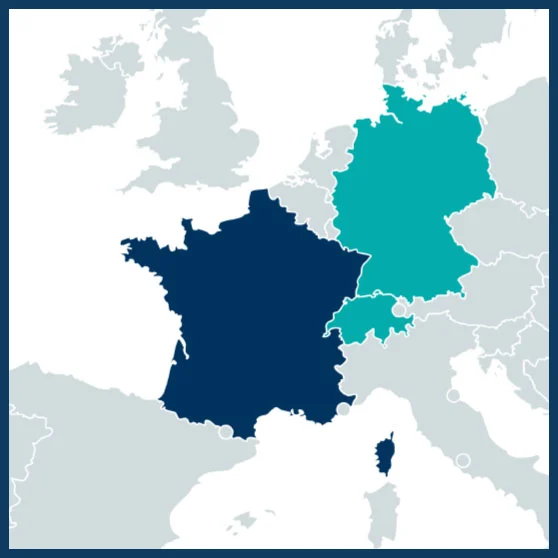01/03/2020 – 28/02/2023
€ 1,171,364
Prof. Yvan Moënne-Loccoz
yvan.moenne-loccoz@univ-lyon1.fr
Coordinator: UMR 5557 Microbial Ecology – CNRS /INRAE/University Lyon1/VetAgro Sup – Villeurbanne – France
Soil Ecology – Helmholtz Centre for Environmental Research – Halle – Germany
Epidemiology and Pathogen Diagnostics – Julius Kühn Institut – Braunschweig – Germany
Fundamental Microbiology – University of Lausanne – Lausanne – Switzerland
Plant Protection / Entomology of Arable Crops and Viticulture – Agroscope Changins – Nyon – Switzerland
Swiss Association for the Development of Agriculture and Rural Areas – (AGRIDEA) – Lausanne – Switzerland

Soils can be disease-suppressive or disease-conductive, meaning that the level of disease development varies across soils when a virulent pathogen and susceptible host are present. This is especially relevant in regard to root diseases caused by phytopathogenic fungi on crop plants. The link between soil biodiversity, dis- ease suppressiveness and the range of deleterious organisms that are controlled by this mechanism is poorly understood, especially in a context of global change directly affecting crops and pathogen/pest importance.
SuppressSOIL aims at developing integrated knowledge on the relation between soil biodiversity and crop protection in France, Germany and Switzerland. SuppressSOIL will compare soils of contrasting suppressiveness status and soils under different agricultural management regimes to identify novel indicators of soil biodiversity and define management strategies that improve crop health in soils with poor or no suppressiveness properties.
SuppressSOIL will work towards this overall objective by:
• Filling current knowledge gaps on suppressiveness, based on analyses of soil, microbial (taxonomic and functional) biodiversity, and crop physiology;
• Assessing the significance of suppressiveness under global change scenario, by considering emerging crop species, diseases and insect pests;
• Determine the applicability of project findings to agronomic conditions, based on monitoring of phytopathogens & insect pests in fields, as well as crop protecting microbiota and crop plants.
The project will rely on chemical analyses of soil organic matter and crop physiological markers, molecular assessments of microbial biodiversity and field analyses of soil management effects on crop health, as well as experimental designs such as growth chamber pot trials of crop protection mechanisms.
In addition, SuppressSOIL will interact closely with agricultural stakeholders, so that project results and conclusions are deeply rooted in the socio-political context of the project. Specific activities are planned to engage a diverse range of stake- holders, including:
• Farmers and farmer organisations are engaged already, helping to identify suppressive soils and providing a recent history of pest and diseases in different sites. This will directly guide the selection of field sites and facilitate the monitoring of crop health status;
• Professional media, networks and federation will be mobilised to disseminate project results in replicable contexts, including through the involvement of farmers and agricultural advisors in technical workshops and visits of each case-study site; Policy-makers at regional and national levels will receive communications and concrete examples drawn from the project that could be used to guide the implementation of farming practices fostering soil biodiversity, ranging from individual-level decisions to regional- and national-level decision making that can materialise into farming policy, especially in a context of global change.